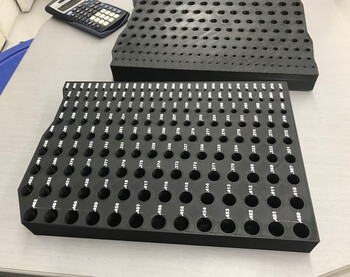
Lately, you may have heard the term “Additive Manufacturing” or “3D Printing”, both here at Argus and perhaps elsewhere. But what is Additive Manufacturing (AM), and what does it have to do with Argus?
Additive Manufacturing is a broad term used to describe various methods of manufacture whereby a base material (liquid, powder, or filament) is built up with a machine layer by layer into a final shape defined by a computer-generated 3D model. AM, in various forms, has been around for decades but is rapidly becoming more commonly used in manufacturing. Many different materials are used in AM, including multiple types of plastics, resins, metals, metal alloys, carbides, and ceramics.
At Argus, we are most familiar with traditional machining, otherwise known as subtractive manufacturing. We can produce highly accurate complex shapes with our current array of machines, including our specialized Electrical Discharge Machining (EDM) cell. However, it comes with a cost, as some complex shapes can take a very long time and are expensive to produce. Also, some features aren’t possible to create with traditional machining practices. Additive Manufacturing opens a whole new world of manufacturing capabilities. It allows designers to create previously impossible shapes and allows for more outside-of-the-box designs. Functional prototypes can also be manufactured in a fraction of the time versus traditional casting and machining practices. Additive Manufacturing can also be used to create parts that may be hard to find, either because a product is obsolete or spare parts aren’t readily available.
Argus has begun dabbling in the world of AM. Our current line-up comprises three Fused Deposition Modeling (FDM) plastic printers and a Stereolithography (SLA) resin printer. We have utilized the FDM printer to create some items for the manufacturing facility, including tooling trays for storage, stamping fixtures, and fixtures for clamping parts during machining.
We have also been creating some parts for customers. As we become more familiar with our capabilities, we can offer better, faster, cost-effective solutions.
On a personal note, with help from my mentor and current Argus AM guru, Lee Blakley (Lead Hand, Manufacturing), I have purchased a 3D printer for myself at home and have come up with some uses for it around the house. So far, I have produced a custom spice rack for my kitchen cabinet and have more ideas swirling in my head.
While playing in the realm of plastics and resins is interesting, we also think bigger. The big league of AM is metal. Metal AM is already a well-established technology. Industries including Aerospace, Transportation, Dental, Medical, Energy (including Oil and Gas), and Consumer Products are already using metal AM extensively. Components that would have been impossible to manufacture just a few years ago can now be made to high standards using a wide range of metal powders.
Our tagline is Manufacturing Intelligent Solutions, and AM certainly falls into that category.
While AM technology still has room to grow in the way of innovation, AM is already being used extensively in the marketplace. The American Petroleum Institute (API) has created a standard (API 20S) for implementing AM into Oil and Gas equipment manufacturing. Design for additive manufacturing is already becoming part of the core curriculum for engineering and industrial design training at colleges and universities worldwide, so it is clear this technology will only expand. As such, Argus is embracing this technology so that we can service our customer’s needs now and in the future.
Loren Kowalchuk, P.Eng.
Engineering Supervisor - Technology & Services
Comments
Kashish Sambhwani
This article really helped me understand the basics of additive manufacturing. I always thought 3D printing was just for prototypes, but now I see how broad its applications are


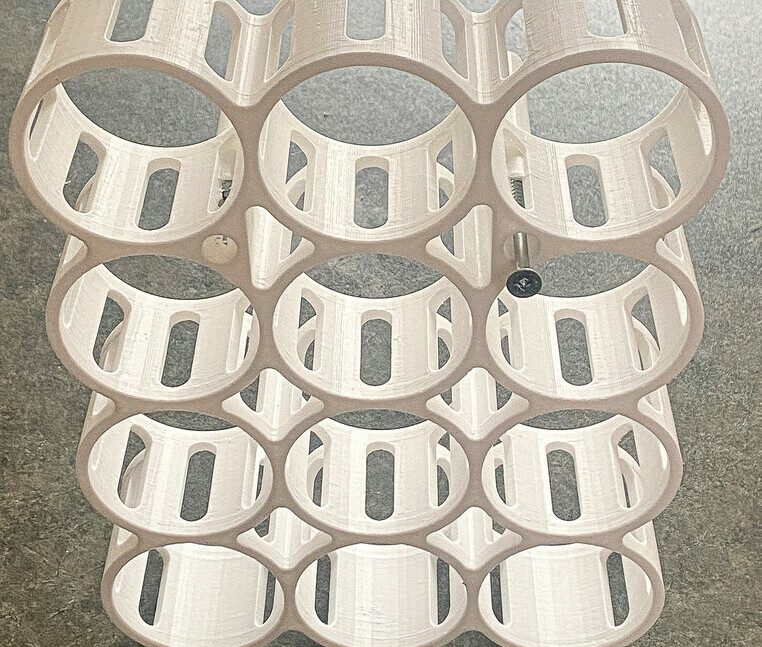
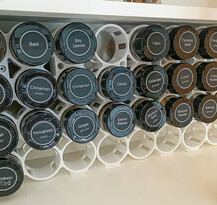
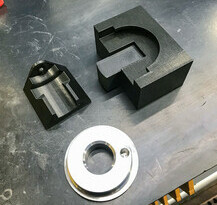
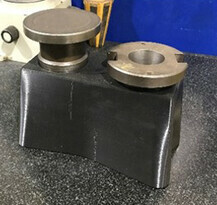
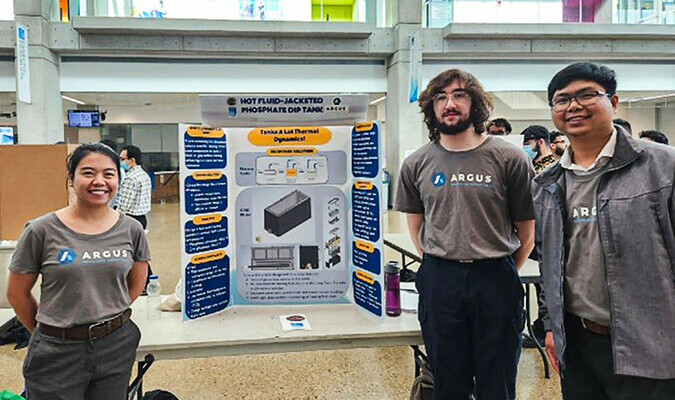
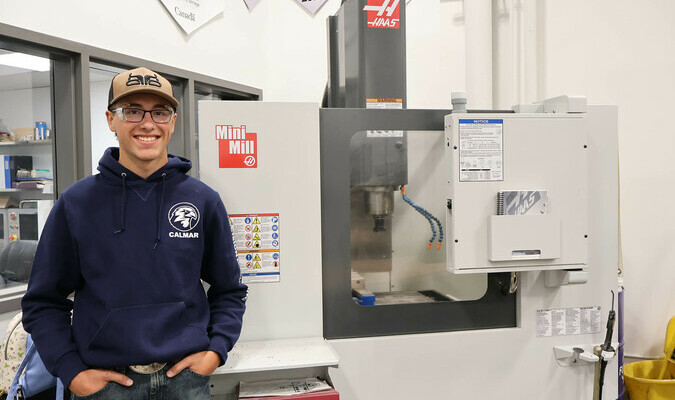
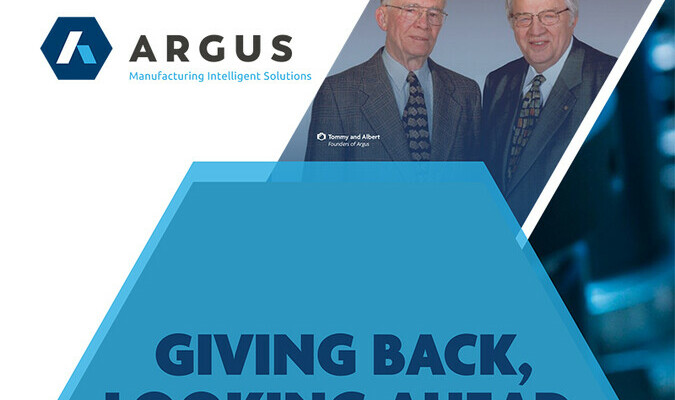
Leave A Comment